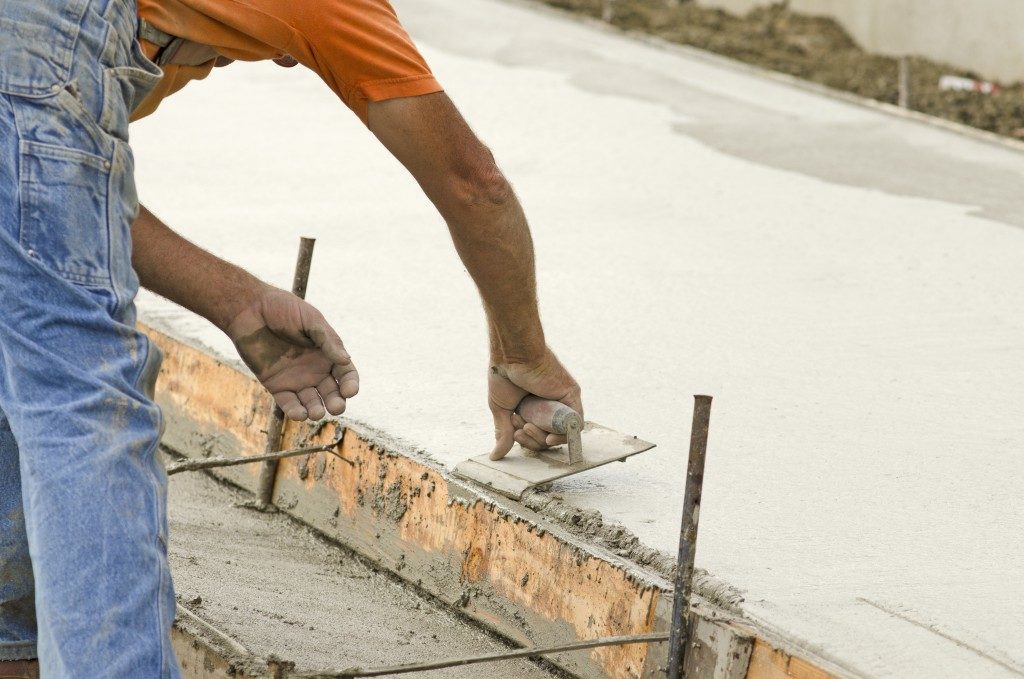Humans have been building roads for thousands of years. Some Roman roads are still in use to this day, about 2000 years after they were built. In the modern era, governments continue to lay down roads as part of their infrastructure development. They hire teams of professionals to operate heavy machinery – graders, excavators, rollers – and work on an organised schedule to get the job done on time.
Witnessing a construction team carry out large-scale work today, we can truly feel like we have mastered the elements. It’s easy to take for granted that we can travel overland today to most destinations across one continuous stretch of smooth road, at the speed of an automobile – and likewise transport loads of cargo using bigger trucks and trains. And when we do consider how land transportation was not always so convenient, we marvel at how people managed to get by centuries ago.

Careful planning and design first
Much as we do today, the Romans built their roads with careful planning. After all, roads have always been intended for efficient transportation – to improve the speed and safety of travel. Lacking the modern tools, calculators and computer-aided software that modern surveyors use, the Roman builders still conducted surveys of the site with a tool called a groma that allowed them to measure and scale in straight lines. They also worked as much as possible to make their roads level and above the surrounding ground for better drainage.
When it came to the construction of the roads, the manpower of the Roman army was deployed. Roman soldiers had plenty of practical construction experience – they had to build their own camps and fortifications when in the field. Felling trees, hewing and hauling stones, and digging trenches were all part of the soldier’s duties when making camp, and building roads were no different. Their army served as a ready-made organised workforce to Roman builders, and since soldiers themselves were among the most frequent users of the roads they built, there was definitely incentive to make sure the job was done well and maintained thereafter.

Roads deteriorate and require maintenance
Roman roads lasted centuries, but the forces of nature wear away at every man-made structure. Roads that are not in use will deteriorate as the elements erode what was constructed. Not only violent phenomena such as earthquakes and storms but the inexorable actions of wind and rain and snow will damage infrastructure. Much as the Romans did, we know that road drainage is important.
Wet roads aren’t just a driving safety hazard. The presence of water for an extended period of time can undermine the soil structure beneath the asphalt. In colder climates, soil water also expands as it freezes, and dissipates as it thaws. These effects weaken and damage the structure of the road, creating further hazards to travel and transportation. And once a road starts to deteriorate, its bearing capacity becomes uneven, leading to permanent damage or deformation. Cracks in the road can also open up the underlying soil to vegetation, which leads to further erosion and degradation of the road.
In many places, even in developed countries, road damage is often ignored as something minor, especially if it’s off the actual lanes for motor vehicles and doesn’t pose an immediate safety hazard. Due to budget or time constraints, local administrators may also opt for quick-fix solutions such as laying new asphalt. This will prove costly in the long run since it doesn’t fix the underlying issue. Even on an individual level, we can all do our part to understand and appreciate the value of a well-maintained road and call attention to any possible problems that we see.



